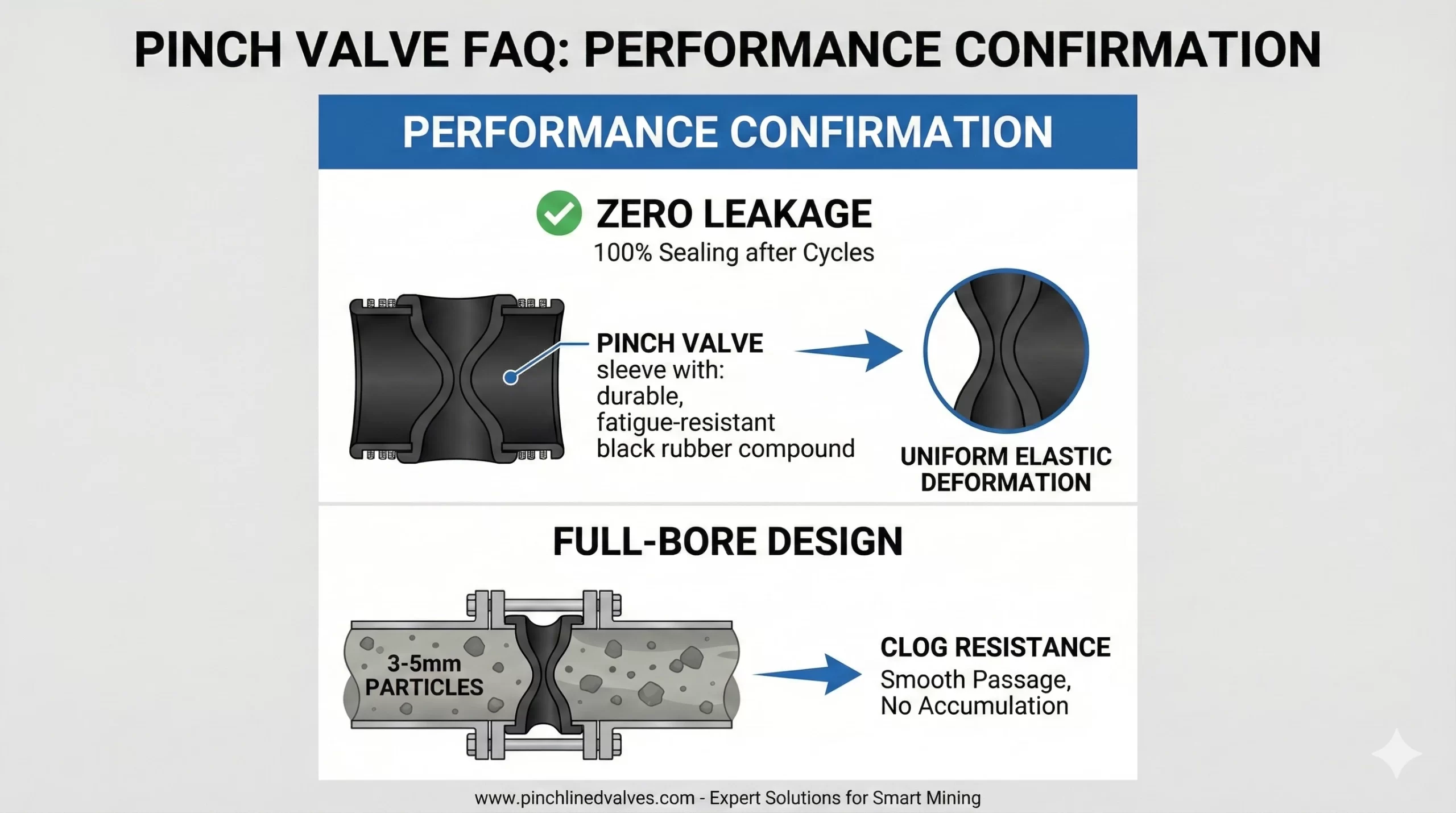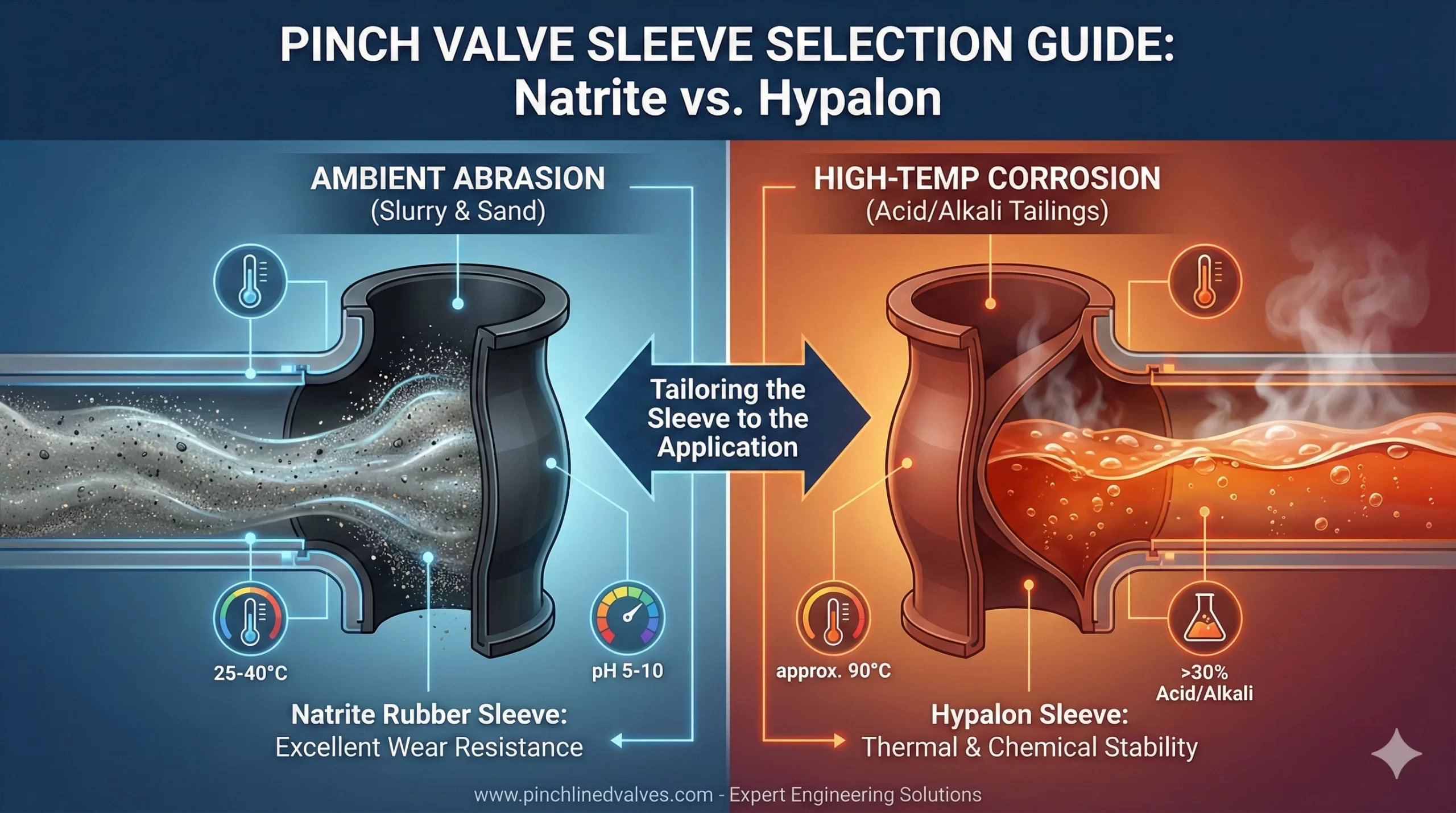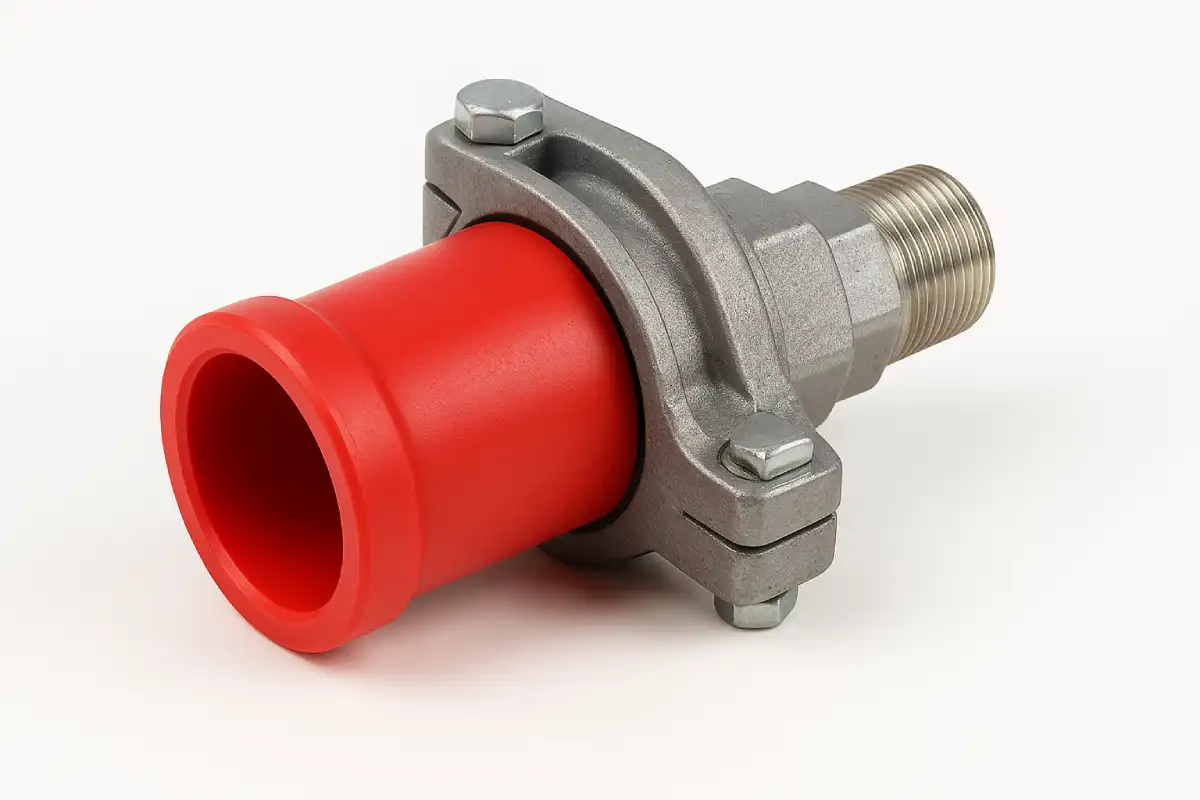

In industrial systems, check valves are critical for preventing backflow, protecting equipment, and maintaining process efficiency. However, improper installation can lead to premature wear, leaks, or even system failure. For engineers, mechanics, and technicians, understanding the technical nuances of check valve installation is essential. This guide breaks down key considerations, supported by industry standards and data, to ensure your valves perform reliably under demanding conditions.

Check valves are simple devices, but their effectiveness hinges on precise installation. Here’s what you need to prioritize:
Position check valves where they’re easily accessible for inspection and maintenance. For example, isolating a pipeline section during repairs requires valves to be strategically placed—ideally near pumps, elbows, or system branches. According to Rangeline, valves installed too close to bends or fittings risk turbulence, which accelerates wear.
Key Rule:
This minimizes turbulent flow, reducing stress on the valve disc and seat.
Check valves must align with the system’s flow direction. The valve body typically has an arrow indicating the correct orientation. Gravity-dependent valves (e.g., swing check valves) require vertical installation with flow moving upward. In contrast, silent spring-loaded check valves work in any orientation, including horizontal lines (Milwaukee Valve).
Pro Tip: After installation, verify the valve opens freely in the flow direction. A stuck disc can cause dangerous pressure surges.
The valve’s connection method impacts durability and leak resistance. Below is a comparison of common types:
| Connection Type | Best Applications | Pressure Rating | Ease of Maintenance |
|---|---|---|---|
| Threaded | Low-pressure systems (e.g., water lines) | Up to 150 psi | Simple, but prone to leaks if overtightened |
| Flanged | High-pressure, high-temperature systems | 150–2500 psi | Easy disassembly, requires precise alignment |
| Welded | Permanent, high-integrity systems (e.g., chemical plants) | 2500+ psi | Permanent; no disassembly possible |
Source: Rangeline, Allied Valve
Flanged connections are ideal for systems requiring frequent maintenance, while welded joints suit corrosive or high-pressure environments.
Follow these steps to ensure a secure, leak-free installation:
Valve materials must withstand the fluid’s chemical properties and temperature. For example:
Always cross-reference the valve’s pressure-temperature rating with the system’s operating conditions (Tameson).
Over-tightening threaded connections can strip threads or crack the valve body. For NPT threads, tighten until snug, then add 1/4 to 1/2 turn with a wrench.
Proper check valve installation isn’t just about following steps—it’s about understanding how design, placement, and materials impact long-term performance. By adhering to straight-pipe guidelines, choosing the right connection type, and verifying flow direction, you’ll minimize downtime and maintenance costs.

Question 3:Performance Confirmation:Your documentation mentions “zero leakage” and “clog resistance.” We would like to confirm: After long-term operation, will repeated compression cycles cause sleeve fatigue leading to sealing failure? Is the full-bore design truly effective for slurries with larger particles (e.g., 3-5mm)? Answer 3:Confirmation of “Zero Leakage” and “Clog Resistance” Performance (1)Zero Leakage Reliability: Our […]

Material Selection:We are dealing with different working conditions: (1)Question1: Condition A: Ambient temperature (approx. 25-40°C) slurry containing fine sand, where wear resistance is the primary consideration, with weakly corrosive media (pH 5-10). Answer1:(ambient temperature, fine sand, low concentration corrosion, high wear resistance): Preferred recommendation: Natrite Rubber sleeve. Reason: The core advantage of Natrite Rubber lies in its […]

A pinch valve adapter connects a pneumatic pinch valve or manual valve to pipes, tubes, or other parts of a system. With this connector, the valve can manage liquid or gas flow without leaks or strain. It also lets the valve fit in tight or unusual setups. This reduces operational risks and improves overall performance. […]

Yes, they are. Hygienic pinch valves are specially designed to keep things clean and safe, which is why they’re so common in food, pharmaceutical, and biotech environments. Their smooth interior and dead-zone-free design make cleaning quick and reliable. And if the term is new to you, don’t worry, this article will walk you through what […]



